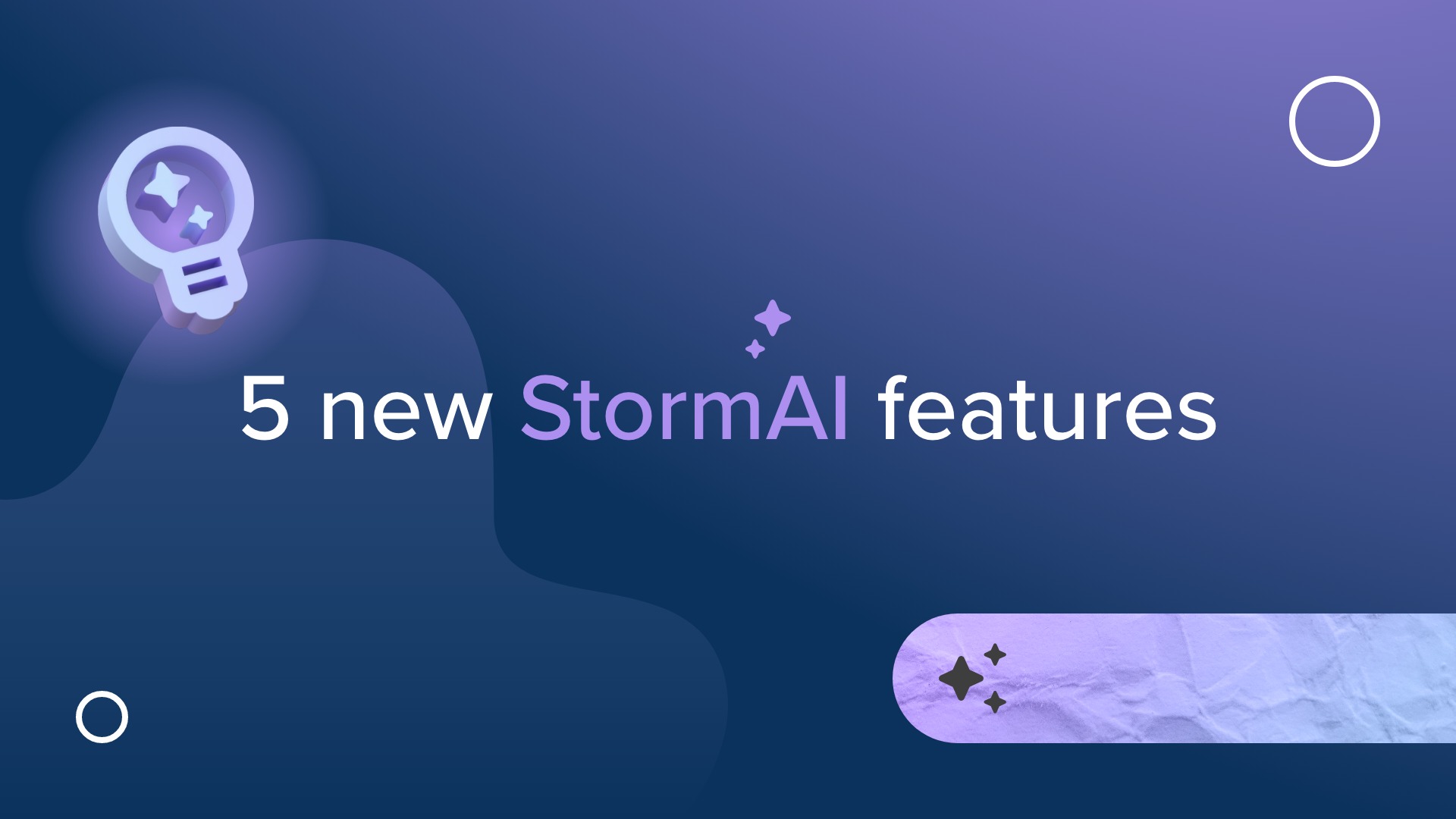How to Plan and Manage Your Content with an Editorial Calendar
Content is King
In the mid-90s, years before the dot-com bubble and the exponential increase of the power and influence of the internet, tech pioneer Bill Gates penned the essay “Content is King.”
Over two decades later, that still rings true across the business world. Regardless of your industry, product, service, or business model, at some point, your business has relied on content to move the needle.
Content can come in the form of ad copy, updates to your website, blogs, videos and images, a streaming channel, a social media presence, or virtually anything else you can think of.
Most businesses leverage some combination of the above, hoping to cast a wide net and intrigue their ideal (or existing!) customers.
Planning Your Content
As most marketers and communications professionals can tell you, planning content and executing a strategy across various channels can be one of the most time-consuming and unorganized tasks they must deal with regularly.
Using an Editorial Calendar can help you improve your online presence and maintain posting consistency with steady, scheduled releases of relevant and interesting content.
Populating Your Editorial Calendar
The Stormboard Editorial Calendar template is broken into two main parts — the content lifecycle manager and the quarterly calendar.
The top half of the template is where you can generate and plan your upcoming content, create a backlog of relevant items, assign new tasks, and archive your published material. The bottom half of the template is a 3-month calendar on which you can plan publish and launch dates for various forms of content or entire campaigns.
Proposed Ideas
Starting at the top of the template is the first section: proposed ideas. This can be a wish list of things you would like to one day cover, or an itemized list that can be replicated quarterly — from blog ideas to social posts, videos, or whatever fits your content strategy.
Stormboard’s different sticky types give users the freedom to organize their calendar however they’d like — for example, making all blog posts blue, and all newsletter drafts yellow, or identifying each social channel with a unique shape.
In Progress
Once moved from the Proposed Ideas section, start drafting new content and keep track of who is doing what. You can assign items in this section to others in your group and set a due date (useful when populating the calendar section below!).
Up for Internal Review
Review and input is an important part of the editorial process — place items or drafts that are ready for input in this section.
You can also use Stormboard’s various integrations to share and access files right inside your editorial calendar — keeping your files in one place and allowing easy access to the review team.
Published
The Published section will act as your record of previous items that have successfully made it to publication.
Including links to the finished product, page, post, or channel will provide you with an easy access archive of work already completed.
Calendar
Use the three-month calendar to plot out your next quarter’s publication schedule based on the content lifecycle tracking you did above. You can add, delete, move, and change the items on these calendars to make sure that nothing will get overlooked or left behind.
By having a central content calendar that is easily accessible to everyone on your team, you can brainstorm new ideas, assign tasks, plan and schedule, all while keeping the important files in one place.
Conclusion
Every content creator will have a different set of challenges, from available time and backlog to ideation and distribution.
Staying on top of your upcoming publications will help ease some off the pressures of content creation, and help you create a consistent and impactful presence online.
A steady pace of helpful or interesting content can endear you to your current customers, and may even convert some potential customizers too.













